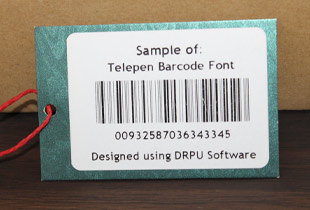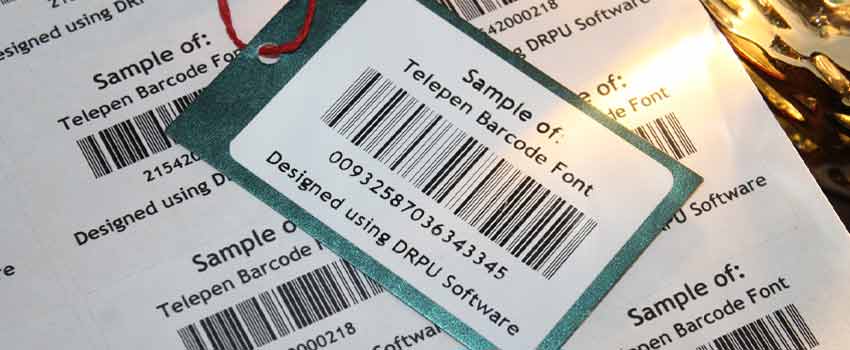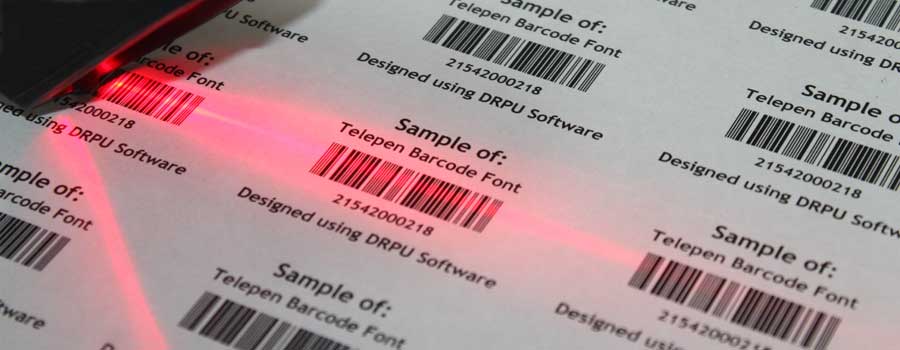Telepen Barcode: Length, Character Encoding, Advantages, and Limitations
The Telepen barcode is a linear symbology that can encode up to 11 characters per barcode symbol. The minimum and maximum length of a Telepen barcode depends on the version of the symbology being used.
There are several versions of Telepen, including Telepen Numeric, Telepen Alphanumeric, and Telepen Full ASCII. Each version has its own character set and encoding rules.
-
Telepen Numeric is the simplest version of the Telepen symbology and can only encode numeric characters. The minimum length of a Telepen Numeric barcode is two characters, while the maximum length is 11 characters.
-
Telepen Alphanumeric can encode both numeric and alphabetic characters, as well as a limited set of special characters such as commas, periods, and hyphens. The minimum length of a Telepen Alphanumeric barcode is two characters, while the maximum length is nine characters.
-
Telepen Full ASCII is the most advanced version of the Telepen symbology and can encode the full range of ASCII characters, including special characters such as brackets, slashes, and punctuation marks. The minimum length of a Telepen Full ASCII barcode is two characters, while the maximum length is six characters.
In general, the length of a Telepen barcode is determined by the amount of information that needs to be encoded. For example, a patient's name and date of birth might be encoded in a Telepen Alphanumeric barcode, while medication information might be encoded in a Telepen Full ASCII barcode.However, the specific length and encoding rules may vary depending on the application and location.
In summary, the minimum and maximum length of a Telepen barcode depends on the version of the symbology being used. Telepen Numeric can encode up to 11 numeric characters, while Telepen Alphanumeric can encode up to nine characters, and Telepen Full ASCII can encode up to six characters. The length of a Telepen barcode is determined by the amount of information that needs to be encoded and can vary depending on the specific application and location.
✠ Related Articles

Sample of Telepen-Barcode

